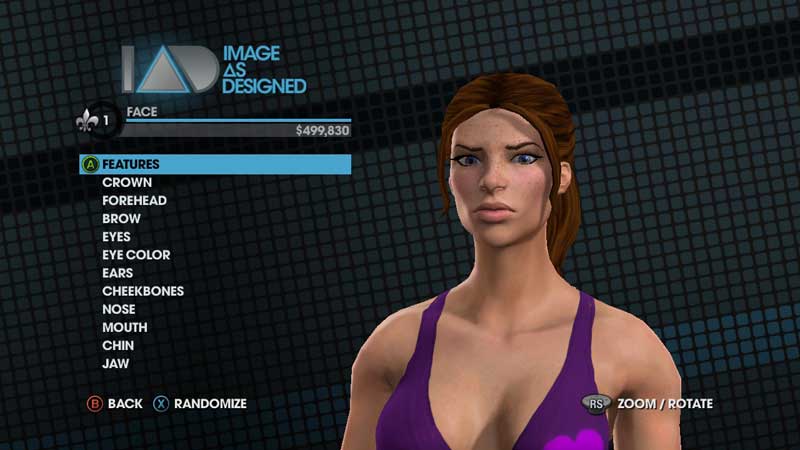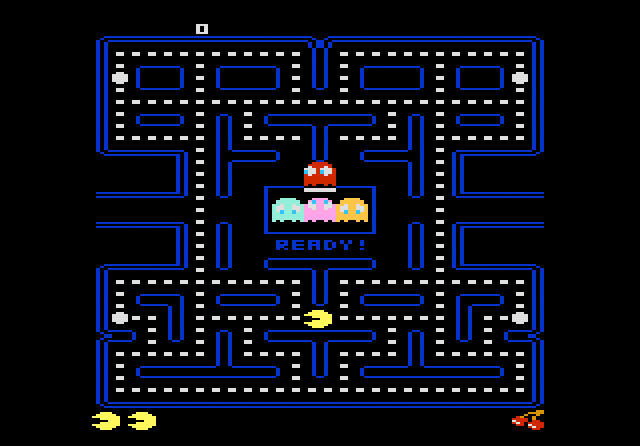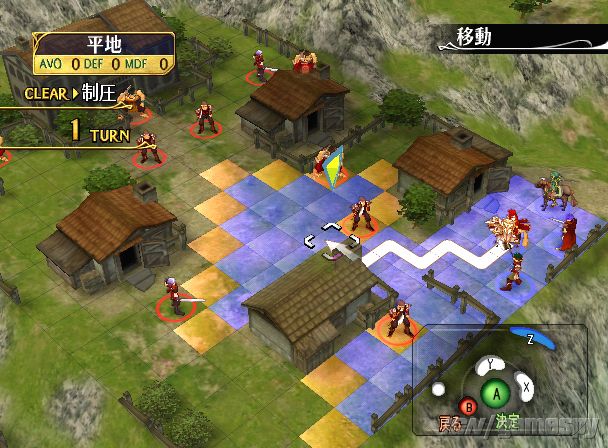So our first year of Game Art is coming to a close and the
last week getting everything together for the hand in date has been full on! It’s
sad to think that our first year is coming to an end; I’ve met some really
awesome people and had a lot of fun on the course.
I’ve had a blast learning from others on the course and seeing
their style of work. There are times when I feel I should be moving on to
digital painting and colour as much as most others on the course. However I
would be confused as to joining the fad of digital painting, or listening to
the advice of my lecturer and focus on pencil drawing and mastering the fundamentals.
I felt I should stick to the advice of the lecturer, especially since I’m not
very confident with my art skills at all. So most of the year I had stuck with
the traditional pencil as my companion, moving on to digital painting during
the last few weeks.
 |
| Yes... you can laugh T_T |
My plan originally was to practice digital painting in my
spare time and during the summer holidays, however I found myself lacking in
variety in my work compared to everyone else and really wanted to add more to
it. It was really odd getting used to drawing onto a screen from
traditional pencil and paints. It took me a little while to adjust. I remember the
first time when I tried to digital landscape paint in colour; I burst out into
laughter (as well as crying a little on the inside!) about how poor it was. It
was almost like a little kid blobbed up something.
 |
| It's getting there... I think! |
So instead of jumping straight into colour, I wanted to get
more confident with grey scaling my digital work in thumbs; moving onto a
colour in a few of them eventually. This really helped me as I was seeing
improvement within every thumb I did. With my second attempt at a colour
digital landscape, with the advice of my good friends Luc and James, I was able
to learn a lot about digi painting from that one piece I made.
 |
| Baby Dalek! |
3D work is another thing I found very interesting during the
year. My first 3D model of a dalek turned out to be a 'baby dalek' as when I set up my reference plane (well, one of the second years that helped me out XD) was distorted! Even my lecturer laughed at its cuteness. Most of us were in the same boat where we were absolutely mind boggled
when we first started out using the 3DS Max program. I was able to get to drips
with the program much faster than I would have because we would often have a
get together to do 3D work together and learn from each other as much as
possible. I remember Sarah being able to pick up 3D very fast and was a big
help in our friend group at the time. Each 3D project was challenging and but was very interesting as we all learnt new skills involving the project and we were all there for each other to climb over that we got stuck behind.
 |
| My first proper digipainting |
Learning from friends on the course has been a very
memorable and important part of my university life. Most projects have been
really interesting and fun and I have definitely learned a lot from this year
alone and am happy to see improvement in my art skills. Though my pencil work
still has a lot of room for improvement, my next goal is to move onto digital
painting. I really need to practice this summer and step up my game if I am to
keep up with my friends.
Another thing I would need to practice is character designing and drawing vehicles.
 |
Though it has been a very rocky start to the year, as well
as a rocky end due to personal problems, that won’t stop me from trying my
hardest to improve as an artist and carry on through the course to reach my
dream of becoming a game artist within the industry.













